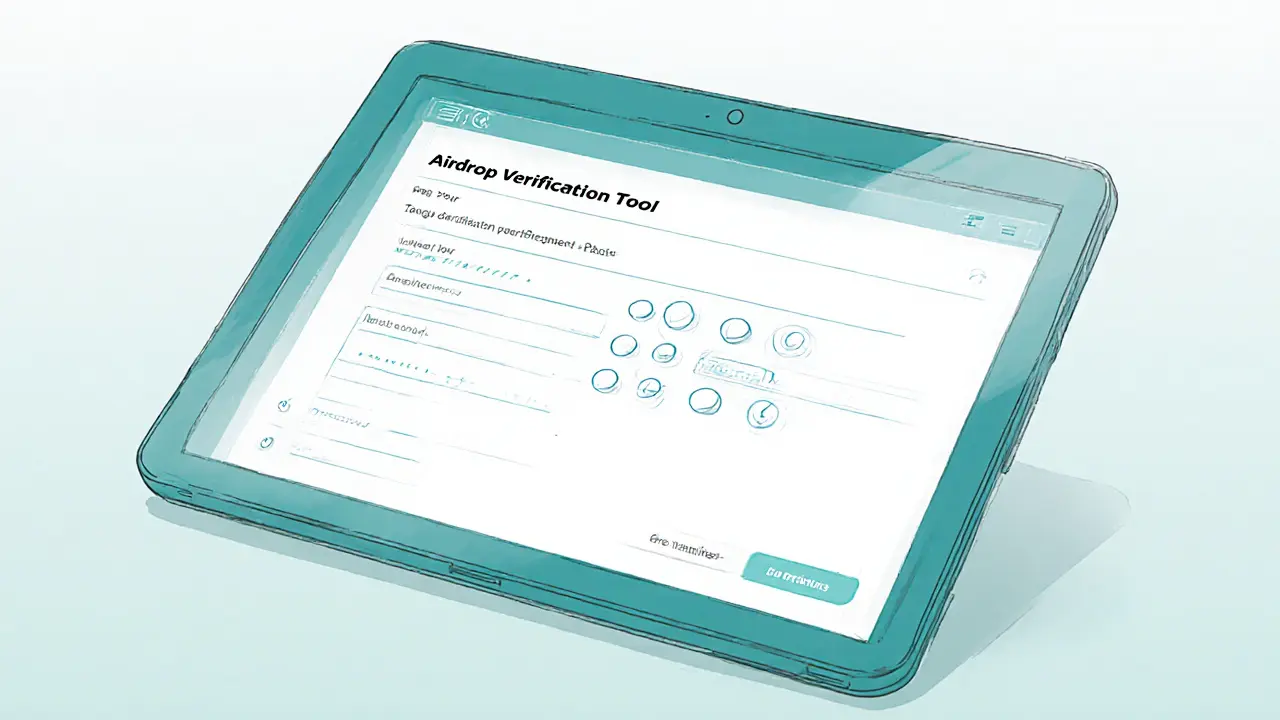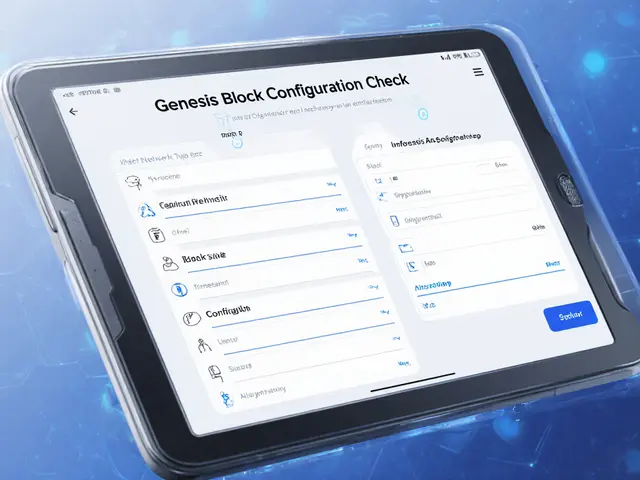Airdrop Scam: Spot Fake Token Giveaways and Protect Your crypto
When dealing with Airdrop Scam, a deceptive scheme that pretends to hand out free tokens but actually steals wallets or personal data. Also known as crypto airdrop fraud, it exploits the excitement around genuine giveaways. Right alongside the central risk, crypto airdrop, a legitimate distribution of tokens to promote a project or reward early users often gets tangled with malicious actors. Spotting a scam hinges on scam detection, the process of analyzing clues like suspicious URLs, unexpected wallet requests, and missing official announcements. These three concepts intersect: an airdrop scam encompasses fake giveaways, scam detection requires verification tools, and legitimate crypto airdrops rely on transparent token verification.
Why scammers love airdrops and how they pull it off
Most fraudsters start with a phishing attack, a method that lures victims into revealing private keys or signing malicious transactions disguised as a surprise token drop. They may post on social media, send mass emails, or create clone websites that look exactly like the official project page. Once a user clicks a link, the attacker asks for a wallet address, sometimes promising a larger reward after a “verification” step. This step is a red flag: real airdrops never require you to send crypto or reveal private keys. Another common trick is to flood a community with fake token contracts that appear on blockchain explorers but have no backing or utility. The lure of free money makes people skip basic checks, letting the scam flow unchecked. Understanding that airdrop scams thrive on urgency and the promise of easy gains helps you pause and verify before you act.
Effective protection starts with robust token verification, the practice of confirming a token’s contract address, developer reputation, and audit status on trusted platforms. Look for official announcements on the project’s verified social channels, cross‑check the contract address on sites like Etherscan, and see if the token has been audited by a reputable firm. Use community tools such as token reputation bots or browser extensions that flag known scams. If an airdrop asks you to interact with a custom smart contract, treat it like a red light—most legitimate drops use simple claim portals that don’t require signing. Keeping a separate, low‑risk wallet for any airdrop activity adds another safety layer; even if a scam slips through, the loss is limited to funds you’re comfortable risking.
Below you’ll find a curated collection of articles that break down real‑world airdrop scams, walk you through verification steps, and compare legitimate projects against common fraud patterns. Whether you’re new to crypto or a seasoned trader, the guides will arm you with practical checklists, real examples, and the latest tools to keep your portfolio safe. Dive in to see how recent airdrop scams were uncovered, learn the warning signs experts use, and get actionable advice you can apply right away.
Covid Token (COVIDTOKEN) Airdrop Details, Eligibility & Scam Checklist
Learn how to verify the Covid Token (COVIDTOKEN) airdrop, spot scams, and protect your crypto. Get a step‑by‑step checklist and FAQ for safe participation.
View More




